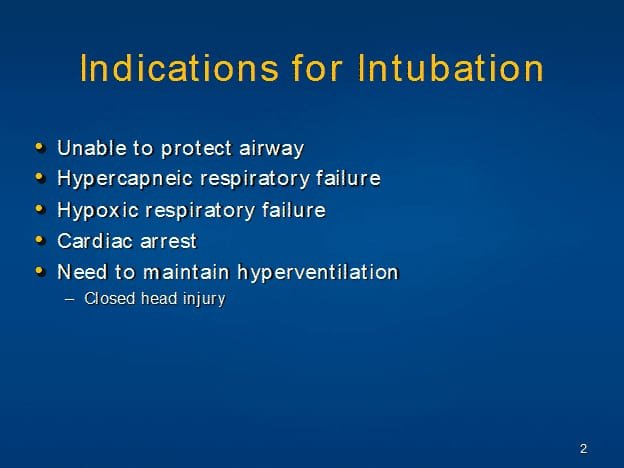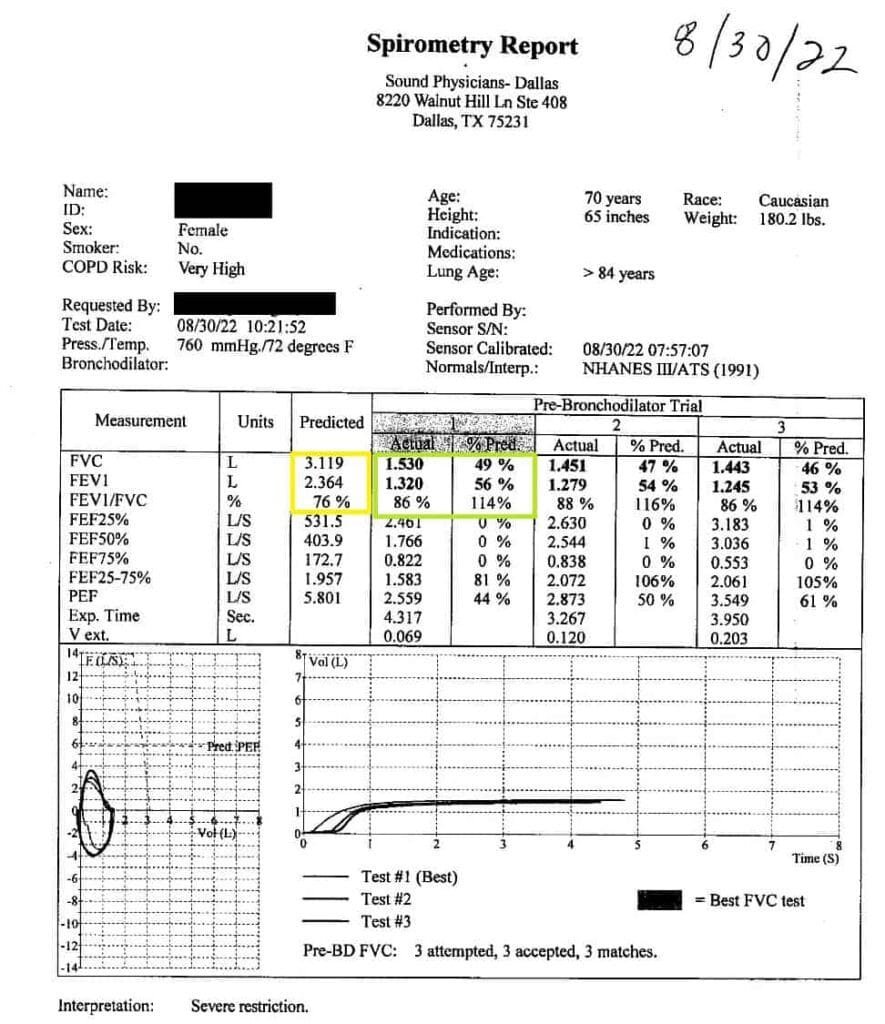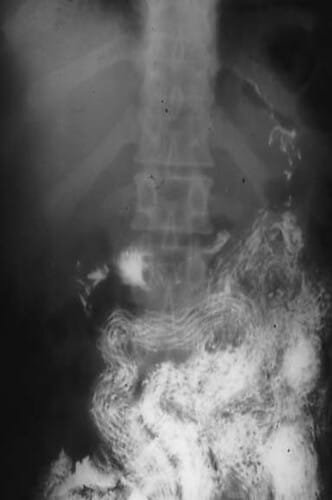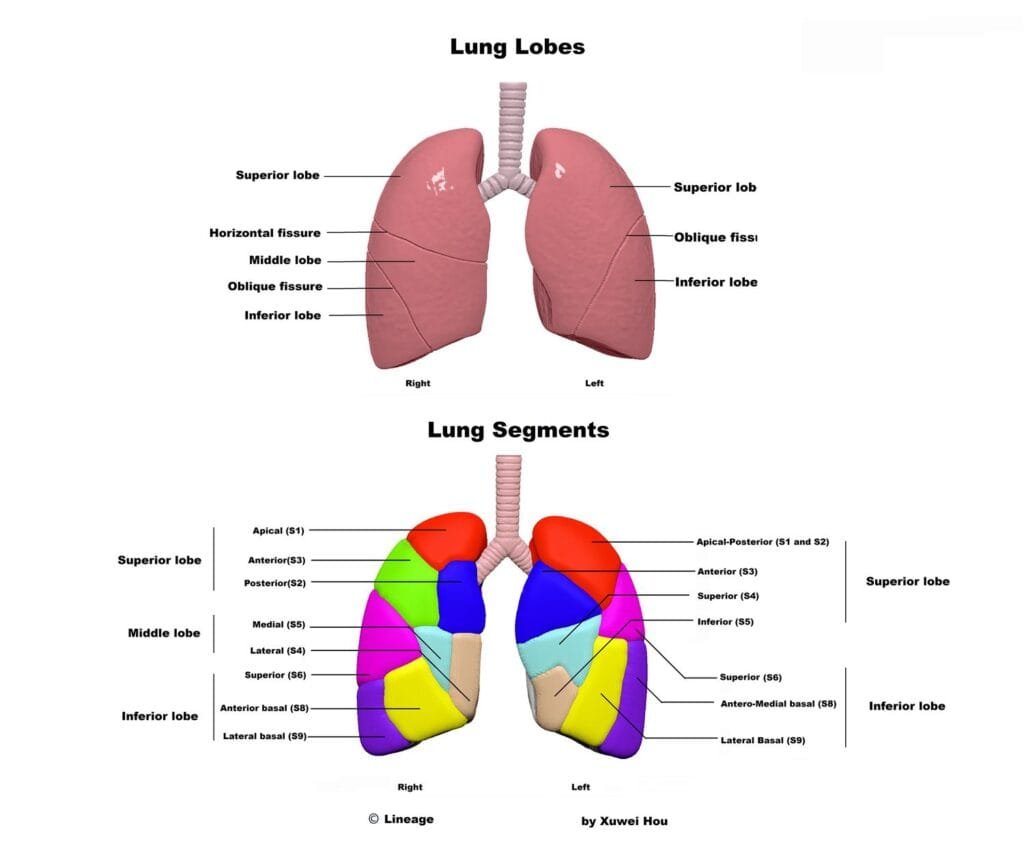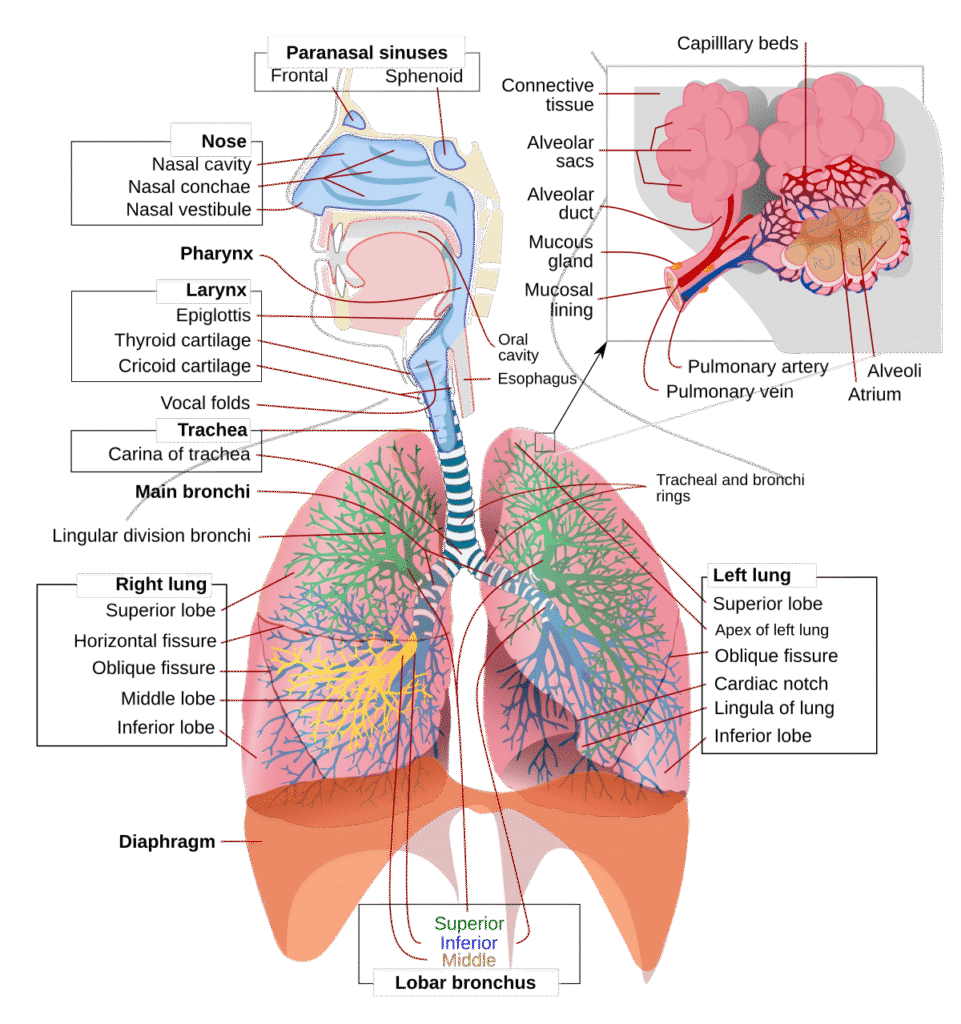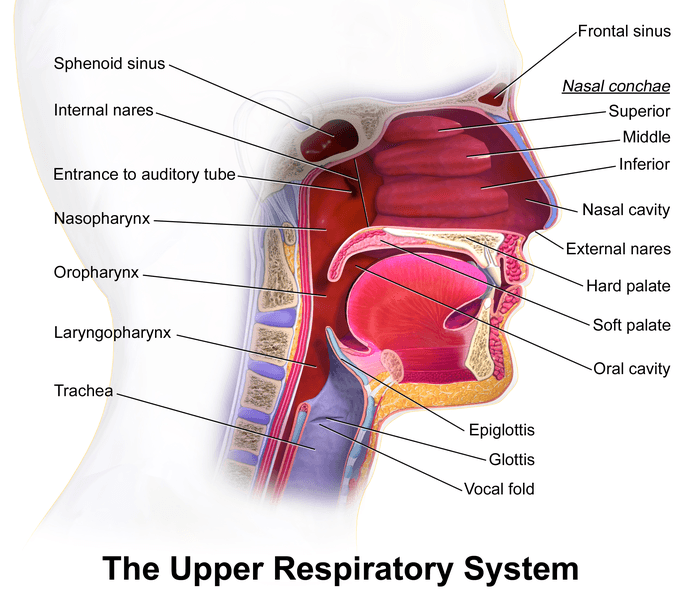Intubation Contraindications
Intubation contraindications can be divided into those Both Nasal and Oral lntubation and those for Nasal Intubation. Both Nasal and Oral lntubation Contraindications • Laryngeal edema. • Epiglottitis. • Laryngotracheobronchitis This is one among the important Intubation Contraindications. In these conditions the airway is already compromised giving very little place for the endotracheal Tube to […]


